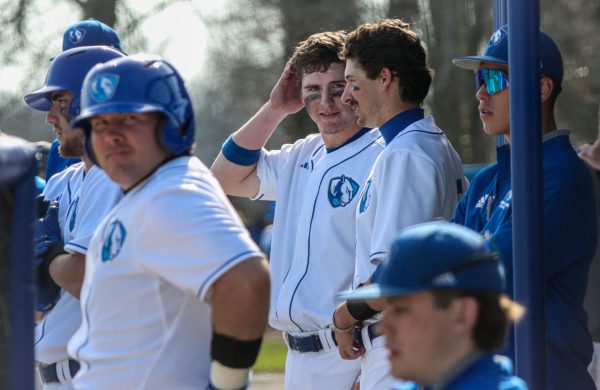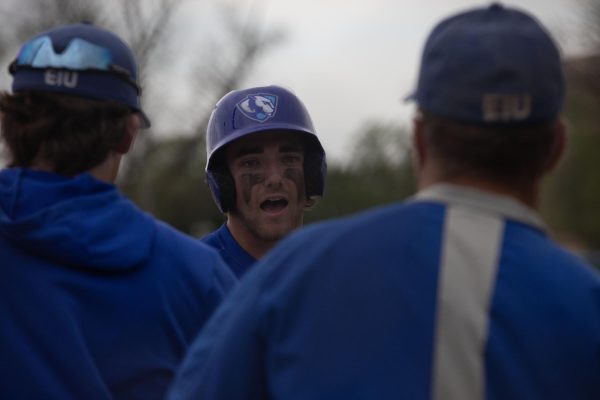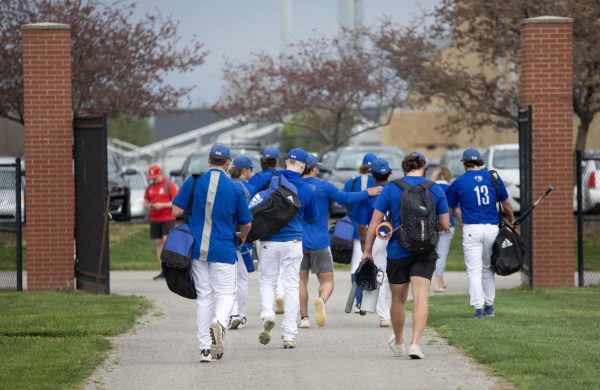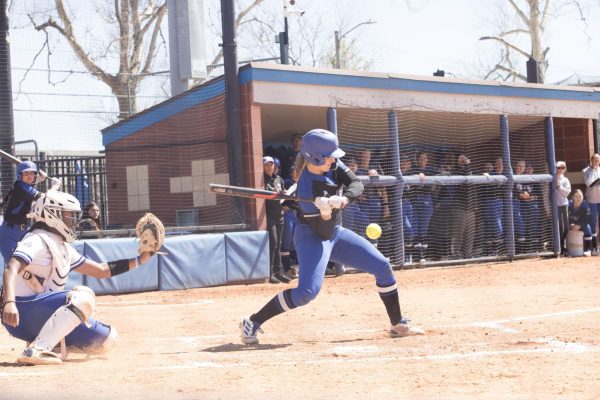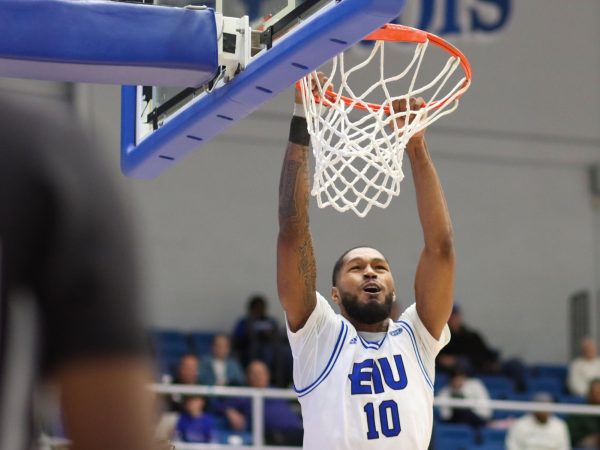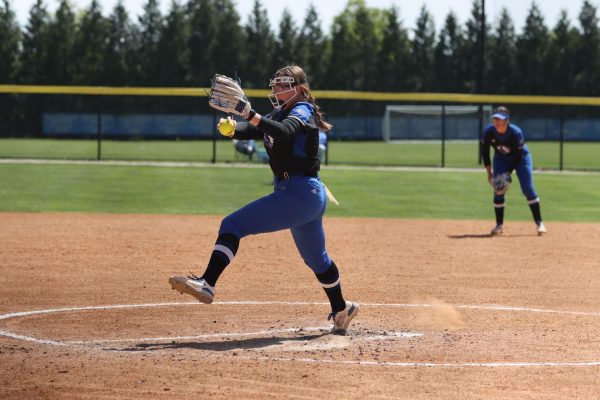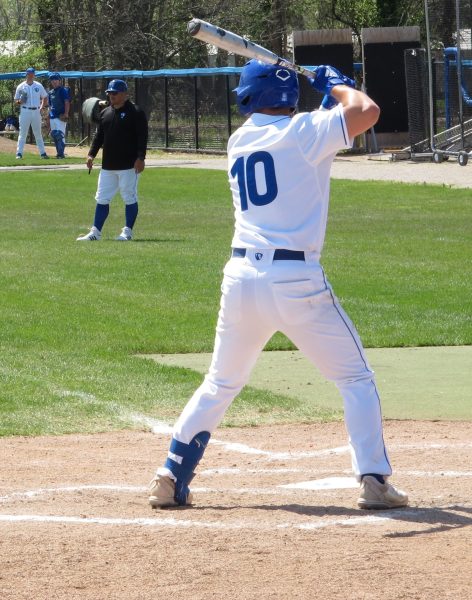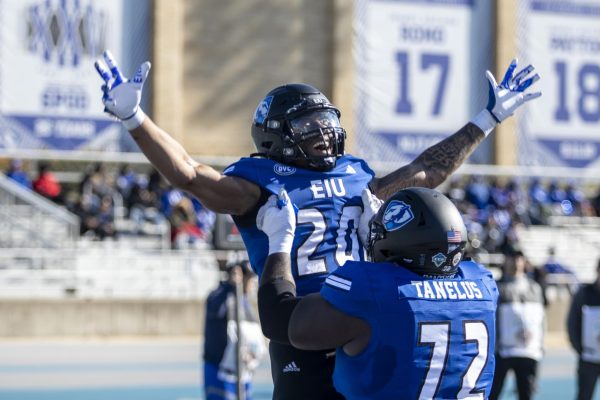From Left Field: Drafting from the shadows
I can almost hear Hank Williams Jr. singing it now – “Are you ready for some football…talk and speculation.”
Thanks to the American public’s jones for the NFL, we’re given complete coverage of the 2005 NFL Draft by ESPN. For the record, complete coverage of the 2004 NFL Draft included 11 hours and 3 minutes spent watching the first three rounds.
Thankfully, Sunday’s coverage of rounds four through seven is much shorter, with just 5 minutes between picks. In the first round, teams get 15 minutes between choices and 10 minutes in round two.
Why would fans watch?
Well, they watch because the NFL Draft gives teams new blood, potentially new contributors and occasionally new stars.
But while fans may be looking for marquee names like Braylon Edwards or Alex Smith to be added to their team’s roster, a good-sized chunk of the future is coming from other places.
Division 1-AA football has proven to be a consistent source of NFL talent.
Data gathered by the NFL at the end of the 2004 NFL season shows that close to 10 percent of NFL rosters are filled with I-AA players. Each team in the league has at least one on its roster.
While many of these players toil on practice squads or contribute on special teams, every so often an NFL team discovers a talent shining in the shadows of big-time, Division I football.
One of, if not the, most talked about players in the league, Terrell Owens, went to Tennessee-Chattanooga.
All people who think for a player to be successful that he has to come from a program with a Trojan, Hurricane or Wolverine involved have to do is look at Owens’ success. He signs footballs, dances with pompoms and strips with Nicolette Sheridan.
Oh, and he catches a lot of passes.
Owens isn’t an isolated example of NFL success coming from the I-AA ranks.
Walter Payton (Jackson State), Randy Moss (then I-AA Marshall), Steve McNair (Alcorn State) and Doug Williams (Grambling) all came from schools that flew under the national radar.
Even NFL Draft correspondent Ron Jaworski used to take snaps at an I-AA school while quarterbacking at Youngstown State.
But just because there is a precedent set doesn’t mean every good I-AA player has a place in the NFL.
First, for an I-AA player to be targeted, he has to put up impressive numbers. And by impressive numbers, I mean numbers that exceed the output of players at the same position at a higher level.
And after that, the player has to have great workouts, showing exceptional speed, strength or overall athleticism.
After all of that, there still really are no guarantees despite the fact players like Payton, Owens, McNair and Moss went on to star in the NFL.
While those players accomplishments didn’t guarantee a spot for I-AA players, it did open doors and give them a chance.
In a few years, fans will know who turned that chance into stardom.



































